The phrase "fork's bent" has become a private joke of sorts in vintage bicycle circles. Almost any time somebody posts a picture of their "awesome vintage find," there will be that one person who comments that "the fork looks bent." Most of the time, the fork is not bent and it's just something to say - or maybe the angle or the lighting in the picture are misleading. Nonetheless, the possibility of a bent fork or frame is certainly something to watch for in vintage bikes. If a bicycle is steel, a bent frame or fork is not necessarily tragic - steel is flexible and the bent portion can usually be straightened. Cracks, on the other hand, are of greater concern.
During my visit to Geeekhouse last week, the guys were looking at my Gazelle and pointed out that the bits of cracked paint underneath the fork crown could indicate cracks in the surface of the fork itself. Needless to say, my heart sank.
I noticed the cracked paint before, but didn't think anything of it. The fork blades in of themselves are not deformed and there are no indicators that the front end of the bike has been in a collision. In an impact strong enough to bend the fork, surely there would have been some other damage - but there is not a scratch anywhere. The bicycle also handles absolutely fine - better than fine - with no indication of anything "off" in the steering.
It would be easy to dismiss the cracked paint, if it were not for one red flag: The cracks are symmetrical - right underneath the fork crown, on both the right and the left blade. How did they get there, and how can we tell whether it really is just cracked paint or an indicator of some sort of trauma to the fork?
I was speaking to a local frame-builder yesterday, who advised to check for similar paint cracks in the back of the fork blades. There are none; the paint is cracked only in the front. To him, this was an indicator that the fork could be fine - as stress fractures typically happen in the back and not in the front of the blades. He also pointed out that even if the fork has been bent and reset, or even if there are hairline cracks, a massive Dutch fork like this can probably take it, without it being a safety issue. No doubt there are loads of people in the Netherlands riding ancient beaters with visibly bent forks.
But the bottom line is, that we simply don't know what's going on under that cracked paint. To find out for sure, I would need to remove the paint from the fork blades and thoroughly examine the steel underneath - which I am reluctant to do, as the original paint is so nice. Is there any way to diagnose while keeping the paint intact? Any suggestions or thoughts are welcome.
|
|
|---|
Tuesday, December 7, 2010
'Fork's Bent?'... Suspicious Cracks in the Paint Cause Concern
Labels:
Gazelle,
restoration,
vintage
Subscribe to:
Post Comments (Atom)







.jpg)

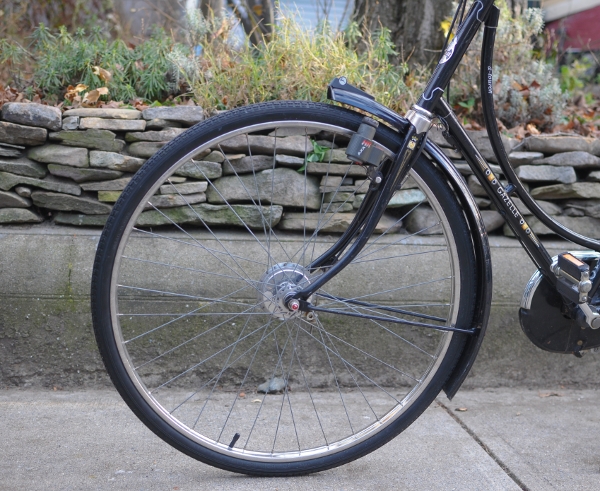
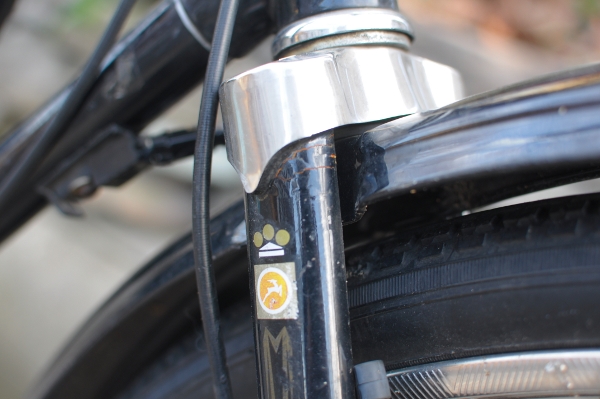
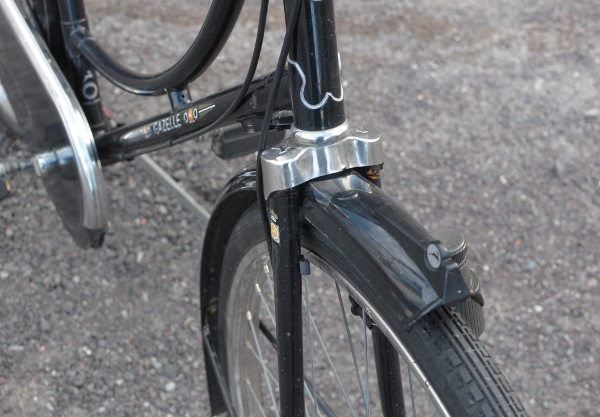
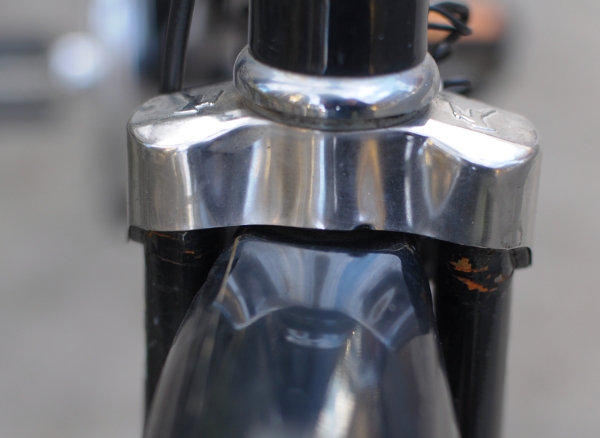
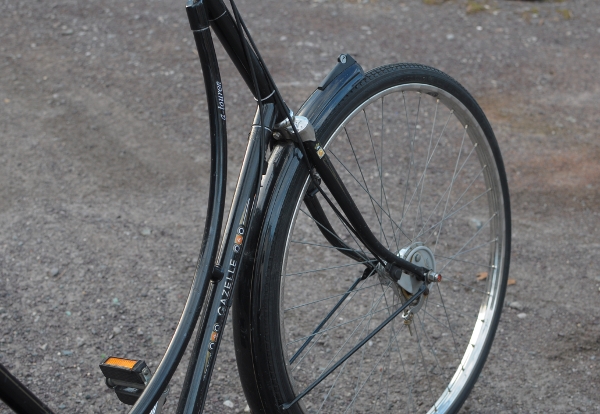






0 comments:
Post a Comment